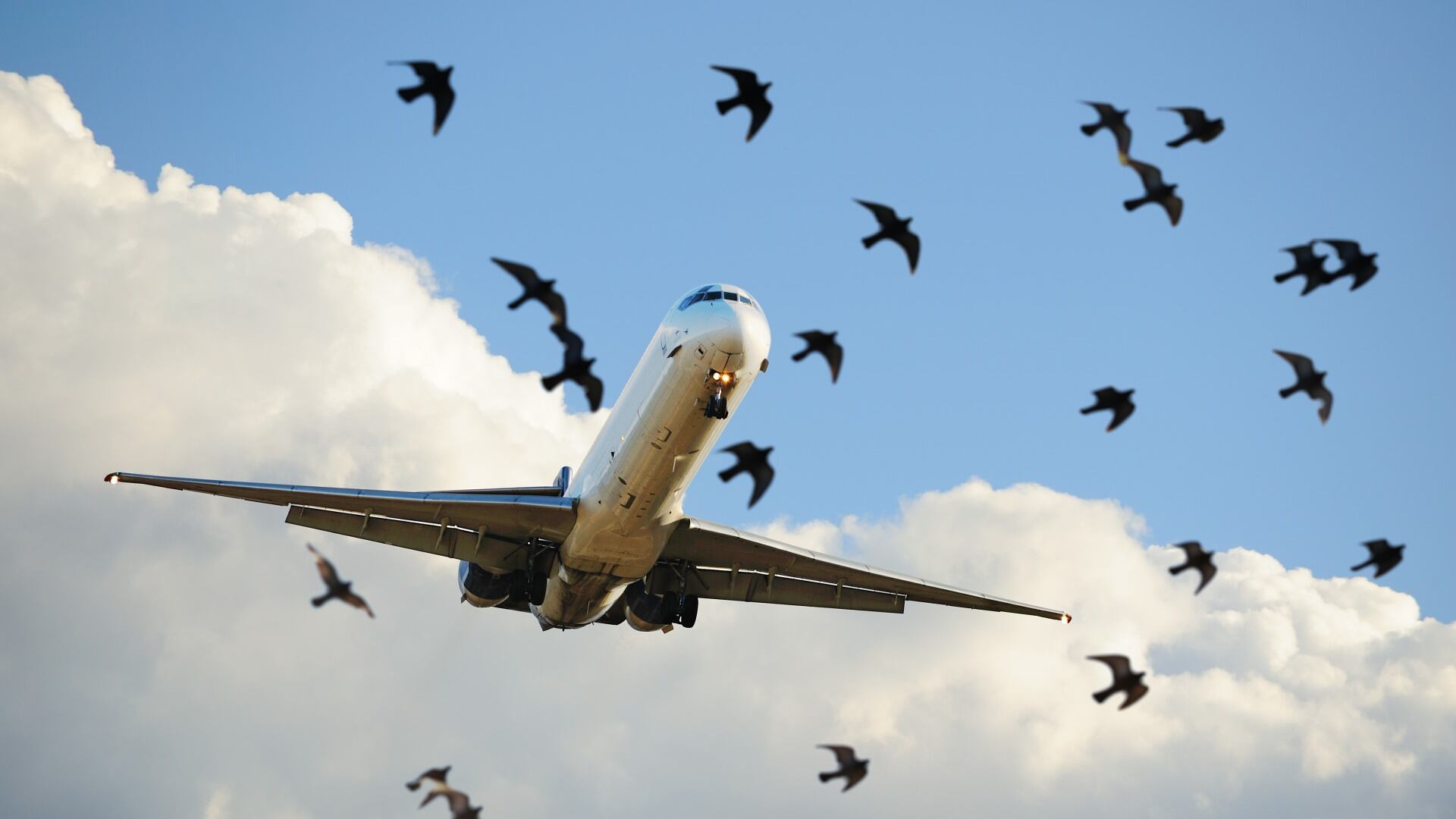By Bruce Shipkowski
Shortly after an ordinary takeoff from an Ohio airport on Sunday, passengers aboard an American Airlines plane became alarmed when they heard loud noises and saw flames shooting out of an engine.
Moments later, when they learned a bird strike had caused an issue, many feared the worst. They took to their phones and social media to spread the word as the hobbled plane returned to the airport and landed without incident or injury.
“Scariest 30 minutes of my life this morning. And scary for my family, fiance, best friend & coworker who all got a text from me that my plane was crashing and I love them and I hope they get this message,” Cassy Sleeper said in a Facebook post. “So very blessed for my guardian angels who landed us safely. I am happy to now be back in my house, praying thanks to God for keeping us all safe.”
American Airlines flight 1958 had 173 people on board when it departed from John Glenn Columbus International Airport in Columbus, Ohio, headed to Phoenix around 7:45 a.m. Sunday. The fire was detected a short time later and the Boeing 737 returned to the airport, where firefighters quickly doused the flames.
John Fisher, another passenger aboard the flight, told WCMH-TV in Columbus that the pilot said a flock of geese flew into the engine.
“The engine started making real loud ‘clonk, clonk, clonk’ noises (and) they eventually turned the engine off and turned around and went back to the airport,” Fisher said.
The airline said the plane was taken out of service for maintenance and that the passengers were booked on other flights. The facility remained operating as usual, and the fire only caused some minor flight delays, airport officials said.
The Federal Aviation Administration is investigating the matter.
The strike has again put a spotlight on the problems pilots, carriers and airports are facing as expanding bird and wildlife populations are making such strikes more commonplace, along with increased air traffic by quieter, turbofan-powered aircraft.
According to the Federal Aviation Administration, 15,556 strikes were reported in 2021, an increase of 33% from the 11,666 strikes reported in 2020. Globally, wildlife strikes killed more than 300 people and destroyed roughly 300 aircraft from 1988-2021.
The administration has been researching new technology that could significantly reduce the chances of aircraft striking birds. It would give birds the warnings they need to fly out of the paths of oncoming airplanes and helicopters.
Sarah McQuaide, communications and media relations manager for the Columbus Regional Airport Authority, which runs the John Glenn airport, said the authority's airport operations team conducts airfield inspections multiple times a day to identify and mitigate any risks, and a full-time wildlife specialist adds to the efforts. She said bird strikes there vary seasonally with bird activity and bird migration, adding that the most strikes occur during bird migration periods.









